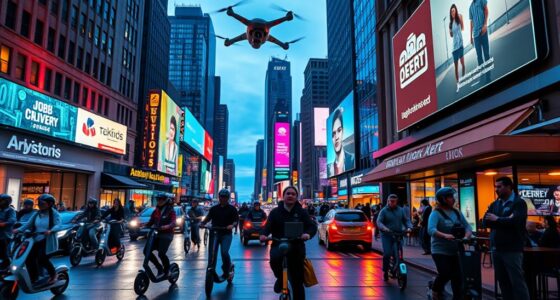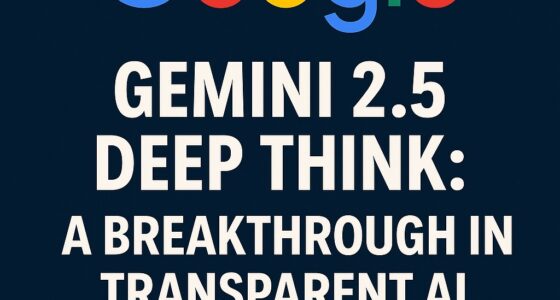The years 2025 to 2030 mark a pivotal period for global artificial intelligence (AI) governance. Key jurisdictions have enacted foundational regulations that shift the world from voluntary AI principles to binding legal frameworks. The regulatory landscape is increasingly fragmented, with the EU, US, China, and other major actors advancing distinct—and sometimes competing—models for AI control.
This report tracks the latest developments in AI regulation and projects three critical scenario pathways for the years ahead: compliance and enforcement trends, innovation bottlenecks, and possibilities for international cooperation.
1. European Union: The AI Act Becomes Law
Status: In force as of August 1, 2024; full applicability by August 2, 2026.
The EU AI Act introduces a risk-based framework:
- Prohibited AI: Social scoring, predictive policing.
- High-risk AI: Critical infrastructure, education, employment, biometric ID systems.
- Limited-risk: Subject to transparency obligations.
2025–2030 Outlook:
- By 2026, high-risk systems will face rigorous conformity assessments and CE marking.
- Startups may face steep compliance costs, risking slower innovation.
- Enforcement shifts from guidance to penalties after 2026.
2. United States: Executive Orders & State-Led Regulation
Key Milestones:
- E.O. 14110 (Oct 2023): Focused on safety, privacy, and equity.
- E.O. 14179 (Jan 2025): Rolled back some constraints, prioritizing innovation.
Trends:
- Federal standards remain nonbinding.
- State laws proliferate: California, Illinois, and Connecticut lead with AI-specific legislation.
- National AI Safety Institutes set testing and certification protocols.
Outlook: Expect dual-track regulation with voluntary federal guidelines and binding state rules, creating fragmentation and compliance ambiguity.
3. China: Algorithmic Sovereignty & Content Control
Regulatory Timeline:
- 2022: Algorithm Recommendation Rules.
- 2023: Interim Measures for Generative AI.
- 2024: Labeling obligations for AI-generated content.
Core Priorities:
- Data localization and licensing.
- Real-name registration for generative tools.
- Content moderation to enforce socialist values.
Outlook: China continues its top-down regulatory model, balancing rapid rollout of AI tools with tight information control. Export of its governance model to allied nations is likely.
4. International Initiatives: Early Steps Toward Global Governance
- Bletchley Declaration (UK, 2023): 28 countries commit to safe AI development.
- Council of Europe AI Treaty (2024): First legally binding international treaty on AI and human rights.
- G7 Hiroshima Process: Promotes voluntary codes of conduct for advanced models.
Challenges:
- Differing definitions of “risk” and “trustworthy AI.”
- Fragmentation between democracies and authoritarian models.
Outlook: Expect patchwork governance and voluntary alignment rather than true harmonization.
Scenario Projections (2025–2030)
A. Compliance & Enforcement
- Regulators increase audits and penalties post-2026.
- Industry demand for AI assurance, red-teaming, and transparency tooling spikes.
B. Innovation Bottlenecks
- SMEs and open-source communities face barriers under risk-based regimes.
- High compliance burdens push innovation to lightly regulated jurisdictions.
C. International Cooperation
- Common testing protocols may emerge (e.g. model evals, watermarking).
- Sovereignty concerns and trade protectionism may undercut alignment.
Conclusion
By 2030, AI regulation will define the boundaries of acceptable innovation. While legal certainty can foster trust and investment, heavy-handed or fragmented policies may slow progress and shift innovation geographies. The global community faces a narrow window to align safety, competitiveness, and rights-based values across regulatory divides.









